Properties
| Storage Buffer | 1X PB pH7.4 |
| Storage Temperature | -80ºC |
| Shipping Temperature | Dry Ice. Shipping note: Product will be shipped separately from other products purchased in the same order. |
| Purification | Ion-exchange Purified |
| Cite This Product | Human Recombinant Tau-441 (2N4R) Wild-Type Monomers (StressMarq Biosciences | Victoria, BC CANADA | Catalog# SPR-496) |
| Certificate of Analysis | Protein certified >95% pure on SDS-PAGE & Nanodrop analysis. Low endotoxin <5 EU/mL @ 2mg/mL. |
| Other Relevant Information | For corresponding PFFs, see catalog# SPR-498 |
Biological Description
| Alternative Names | MAPT, intracellular neurofibrillary tangles, NFTs, paired helical filaments, PHFs, 2N4R |
| Research Areas | Alzheimer's Disease, Neurodegeneration, Neuroscience, Tangles & Tau |
| Swiss Prot | P10636-8 |
| Scientific Background | Brain-specific tau isoforms vary in the number of N-terminal inserts and C- terminal repeat domains due to alternative splicing of exons; the 2N4R isoform of tau is expressed in adult brain yet is absent from the fetal brain (1). Tau (tubulin-associated unit) is normally located in the axons of neurons where it stabilizes microtubules. Tauopathies such as Alzheimer’s Disease (AD) are characterized by neurofibrillary tangles containing hyper-phosphorylated tau fibrils (2). Hyper-phosphorylated tau can be generated via expression in the Sf9/Baculovirus system, with up to 20 sites confirmed by mass spectrometry and Western Blots with phospho-specific antibodies(3). Sf9/Baculovirus-expressed Tau 2N4R will readily form oligomers and fibrils in the absence of heparin. |
| References |
1. Goedert et al. 1989. Multiple Isoforms of Human Microtubule-associated Protein Tau: Sequences and Localization in Neurofibrilary Tangles of Alzheimer’s Disease. Neuron. doi: 10.1016/0896-6273(89)90210-9. 2. Iqbal K., Liu F., and Gong C.X. 2016. Tau and neurodegenerative disease: The story so far. Nat. Rev. Neurol. DOI: 10.1038/nrneurol.2015.225 3. Tepper et al. 2014. Oligomer Formation of Tau Protein Hyperphophorylated in Cells. The Journal of Biological Chemistry, DOI 10.1074/jbc.M114.611368 |

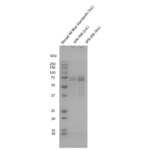
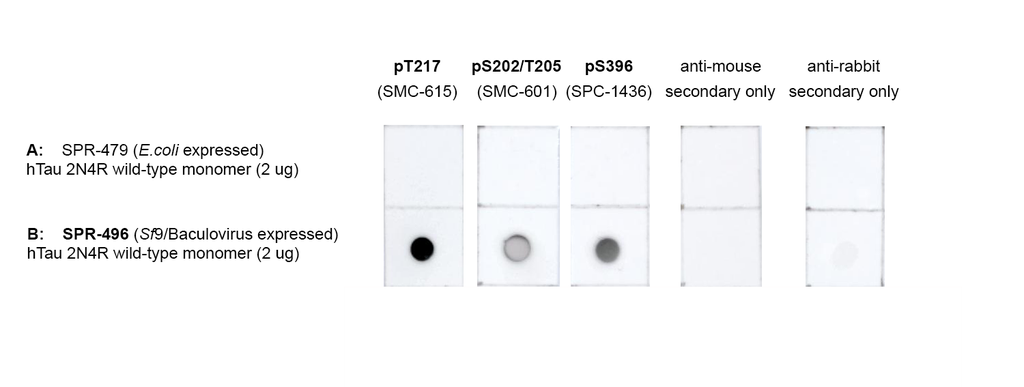
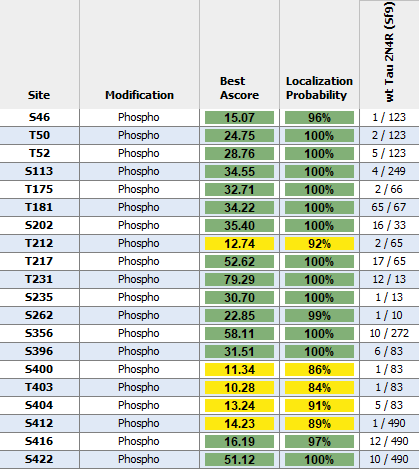
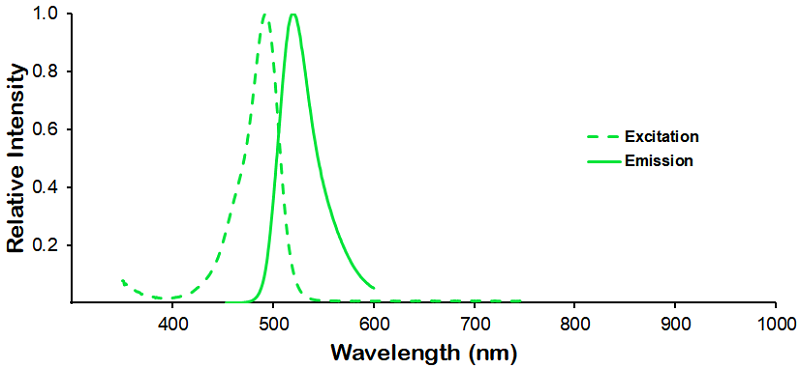
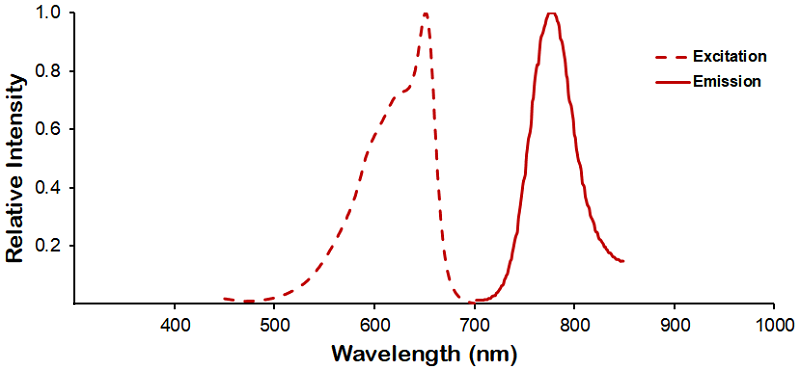
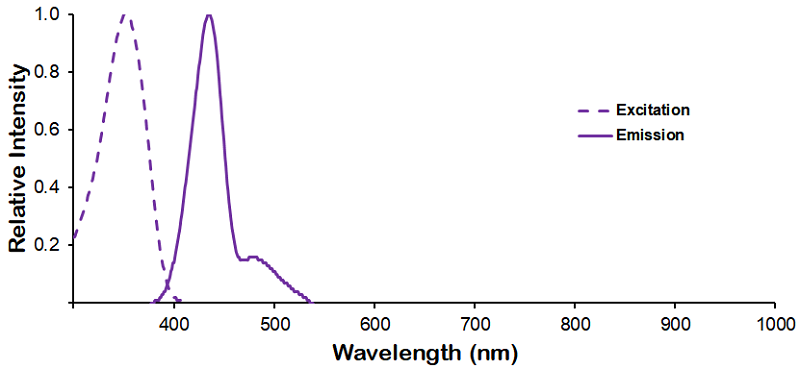
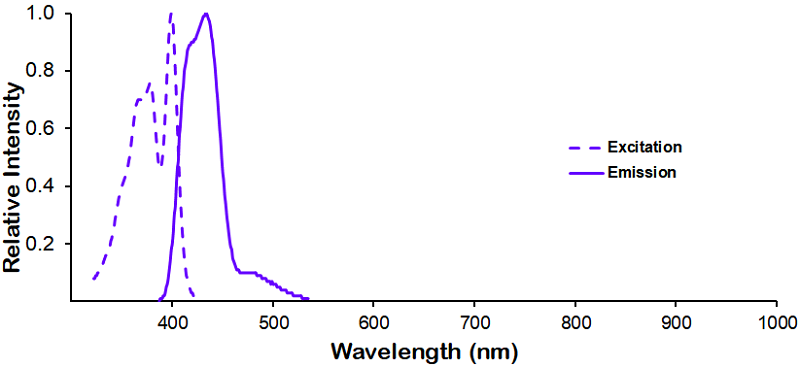
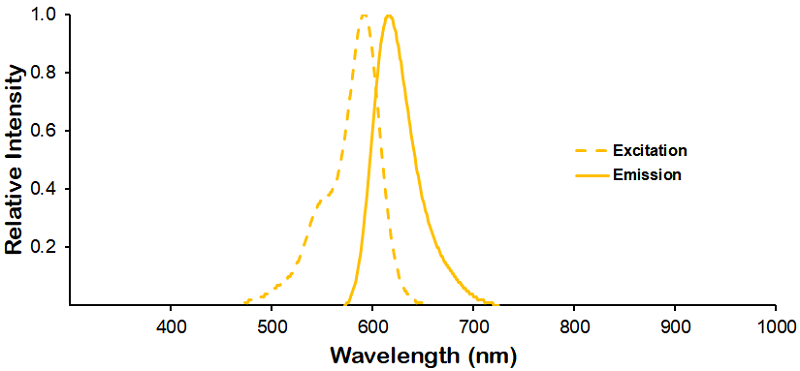
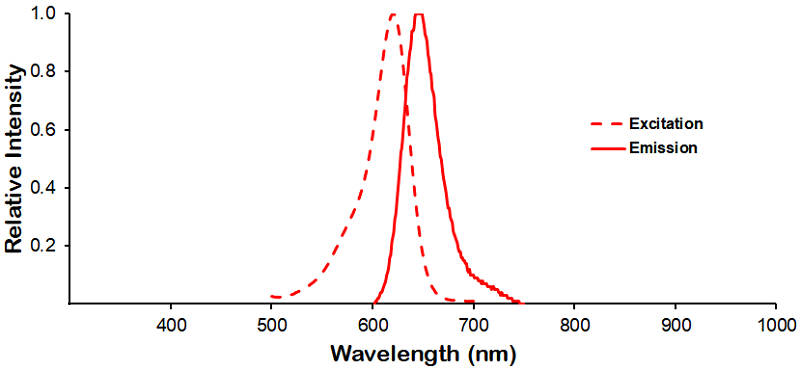
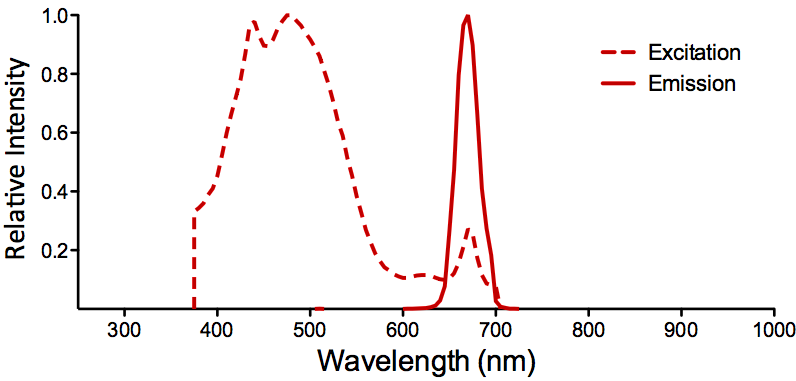
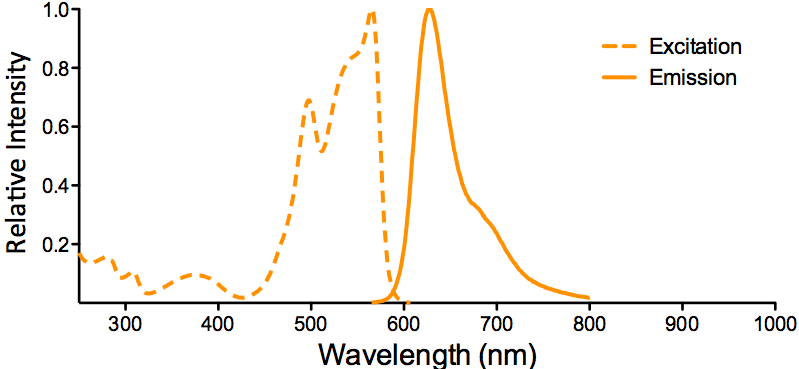
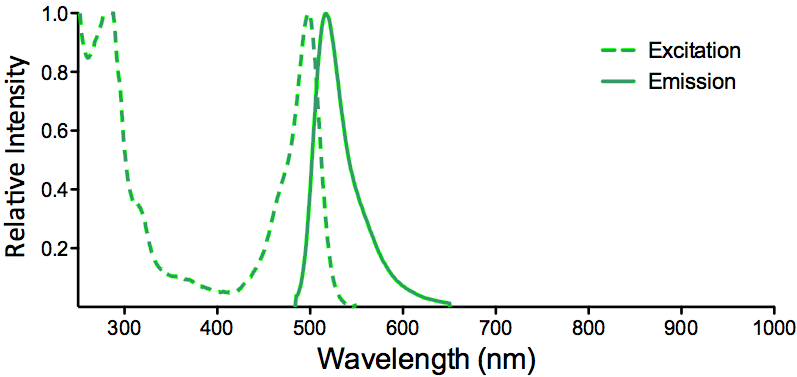

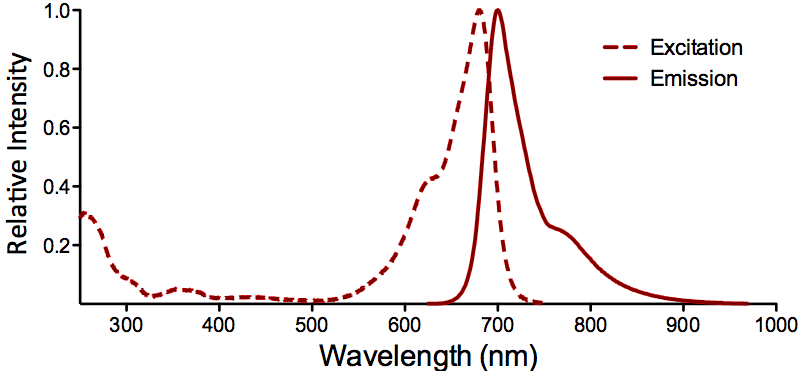
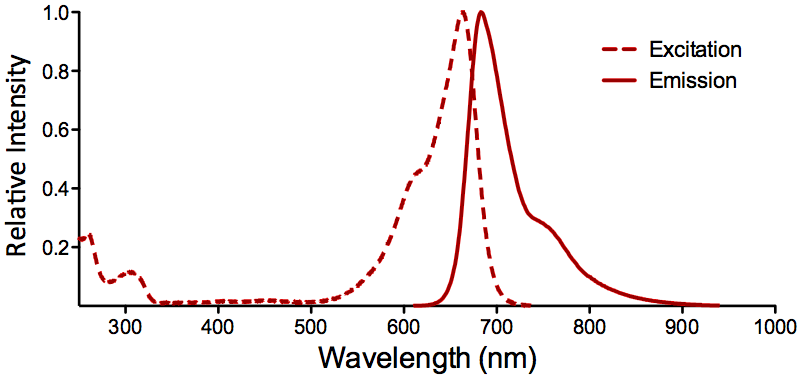
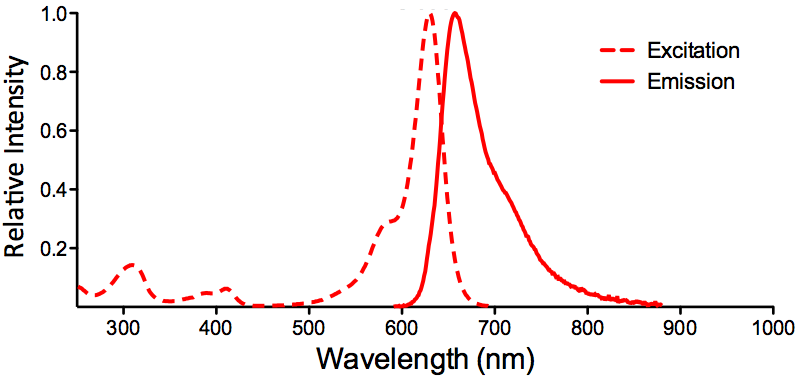
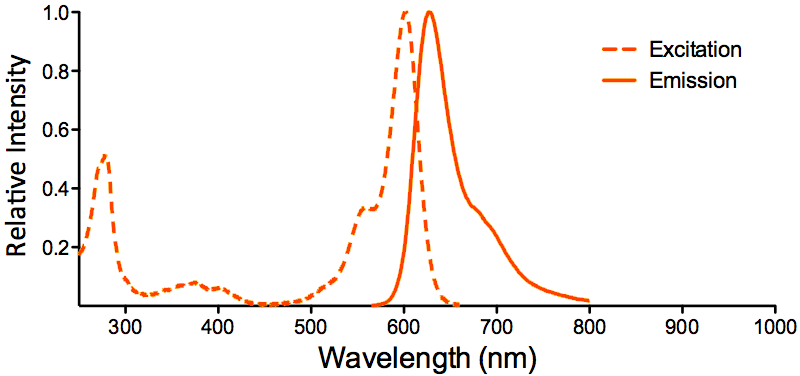
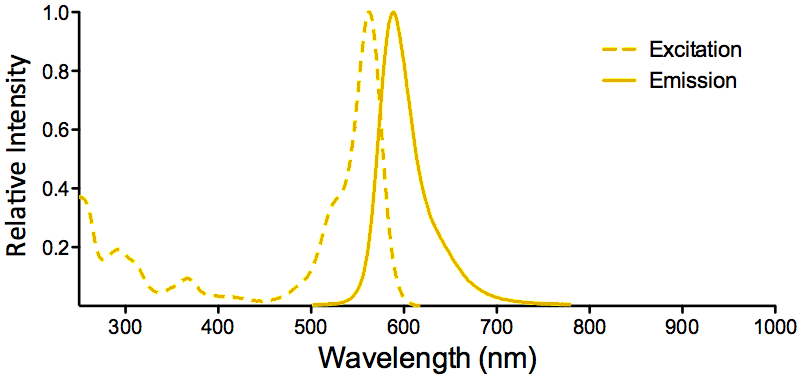
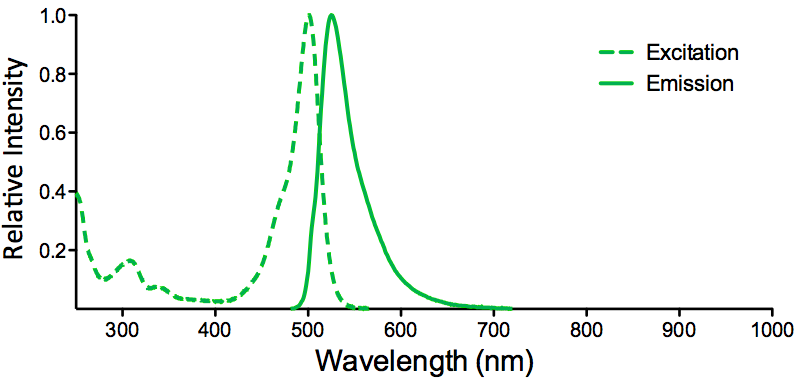
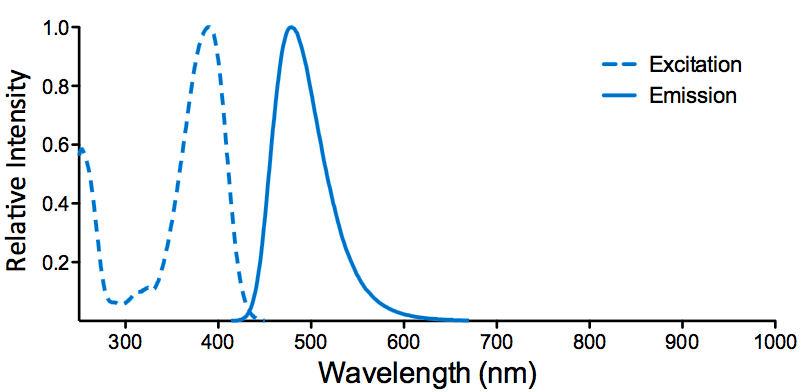

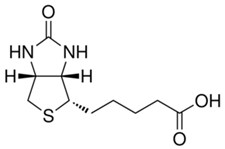

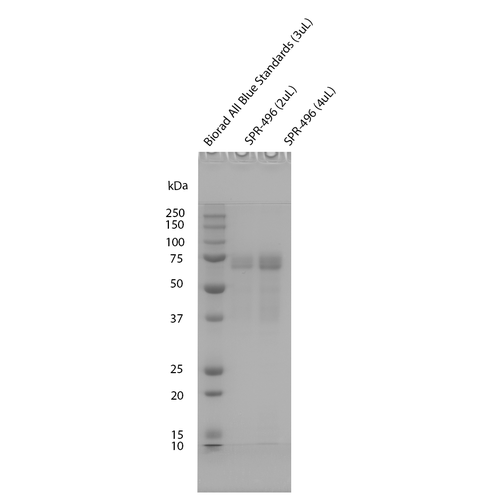
Reviews
There are no reviews yet.